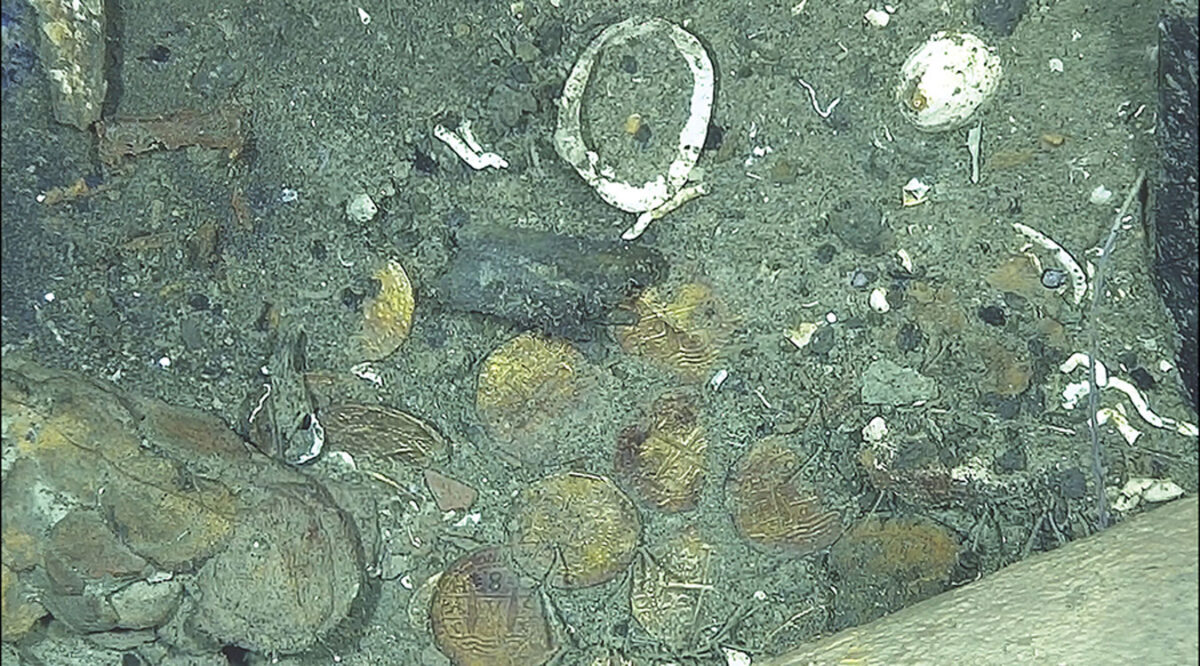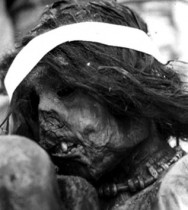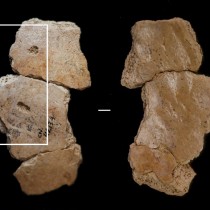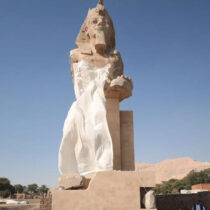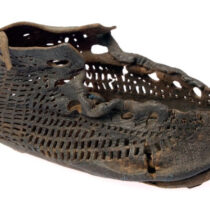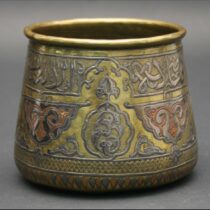Since 2015, four non-invasive campaigns have surveyed the San José Galleon shipwreck in the Colombian Caribbean, providing valuable insights into the age and provenance of artefacts found on the seabed. Numismatic, archaeological and historical approaches have been employed to analyse a collection of gold coins recorded within this underwater context, according to the paper “The cobs in the archaeological context of the San José Galleon shipwreck” published in Antiquity.
The San José was the flagship of the Tierra Firme Fleet, part of Spain’s colonial treasure armada that sailed from the Americas to Spain. In June 1708, this 64‑gun galleon departed Portobelo (Panama), heading toward Cartagena en route to Europe, laden with vast quantities of gold, silver, emeralds, and other valuables mined in the Viceroyalty of Peru and Bolivia.
During the War of the Spanish Succession, a British squadron under Charles Wager intercepted the fleet off Barú Island. A devastating broadside struck the San José, triggering its powder magazine and leading to its catastrophic sinking. Few of the approximately 600 crew survived.
For over three centuries, the wreck remained lost—until 2015, when the Colombian Navy located it at about 600 m depth and years later began careful archaeological documentation using remotely operated vehicles (ROVs).
The core contribution of the Antiquity article is its focus on “cobs”—hand‑struck silver and gold coins, irregular in shape, widely circulated in Spanish America from the 16th to 18th centuries.
ROV missions in 2021–2022 captured high-resolution photogrammetric images of dozens of these coins scattered across the stern area—often in dense clusters alongside other cargo remnants.
Detailed digital reconstructions highlighted several diagnostic features: heraldic shields with castles and lions, a Jerusalem cross, and especially the distinctive “Pillars of Hercules” over wavy lines, hallmarks of the Lima Mint.
Crucially, some coins bear assayer’s marks and mint‑dates of 1707, setting a firm terminus post quem: the ship must have sunk after that year.
Combining coin evidence with other archaeological and historical data, the authors argue convincingly that the wreck is indeed the San José:
-The coin age and mint (Lima, 1707) aligns with documented treasure shipments of that period.
-The cargo diversity, including Chinese “Kangxi” porcelain (1662–1722) and cannons dated to 1665, documented alongside the coin sites, reinforces an early-18th‑century date.
-Historical records show only one Armada vessel matching this specific context and treasure—the San José.
The paper published in Antiquity emphasizes coins as powerful chronological and provenance markers, essential in the non-invasive identification of submerged heritage.
The investigation was strictly non-disturbing:
-Use of ROVs to capture videos and photographs, with photogrammetry building precise 3D models of the wreck site.
-No coins or artifacts were physically recovered for this stage—archaeological restraint underscores scientific integrity.
This method helps in plotting artifact dispersion patterns, discerning cargo clusters, ship structure, and contextual relationships—building an in-depth dataset before any recovery is considered .
By establishing a precise post‑1707 ship-sinking, the study supports the linkage between these cobs and documented Peru-to-Spain treasure flotillas.
This extends understanding of several themes:
-The flow of colonial economic resources.
-The material culture of colonial maritime trade (currency types, trade goods).
-Spanish imperial logistics and naval warfare strategy during the War of the Spanish Succession.
Moreover, the wreck offers a rare opportunity for underwater archaeology to explore well-defined colonial-era treasure contexts—particularly those of the Tierra Firme Fleet.
While archaeological focus remains non-invasive, the wreck has not escaped controversy:
-Colombia, as discoverer and coastal state, claimed ownership since at least 2011.
-Spain asserts sovereign rights, citing naval warship status.
-Sea Search Armada, a U.S. salvage company, contends it first located the wreck in the 1980s and claims salvage fees.
-Indigenous communities in the Andes and Bolivia claim moral right to wealth extracted historically from their lands.
The authors note that while more intrusive operations may follow, they must be preceded by thorough non-destructive surveys, ensuring the site is fully understood before any removal.
